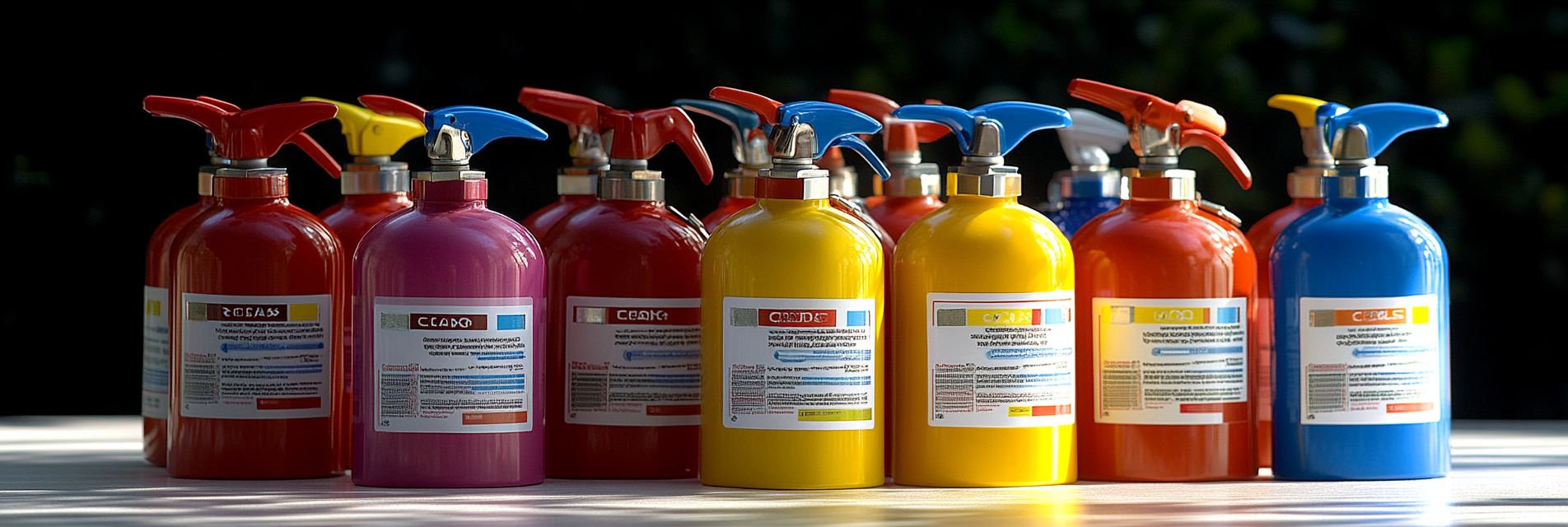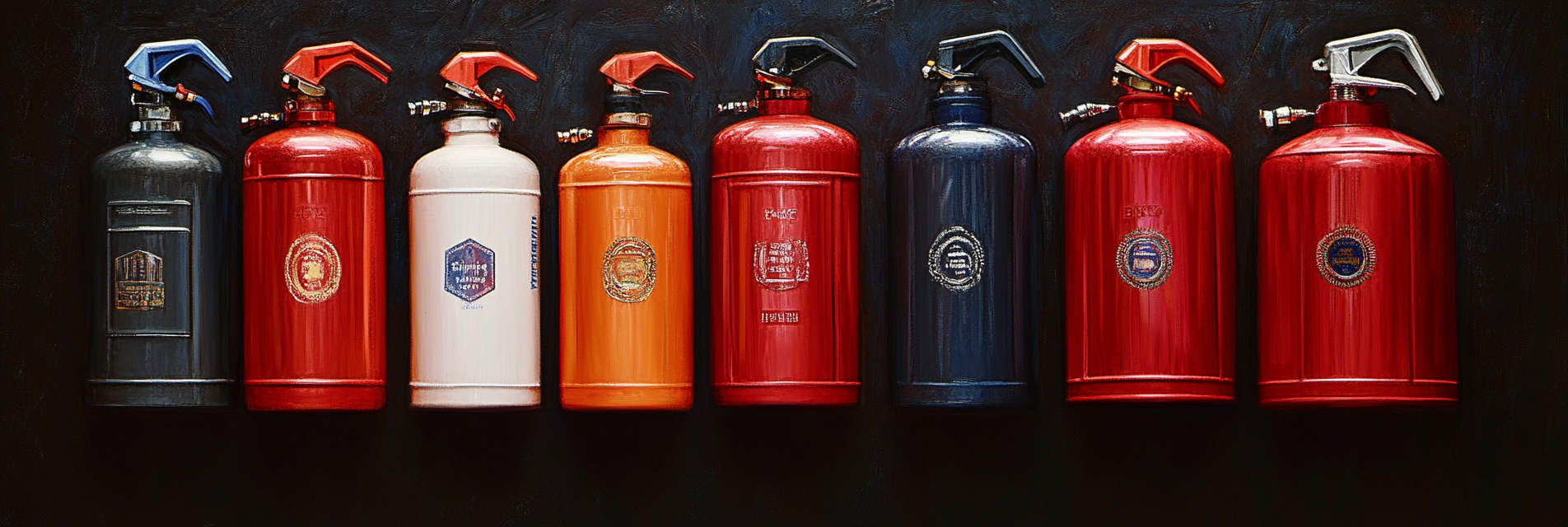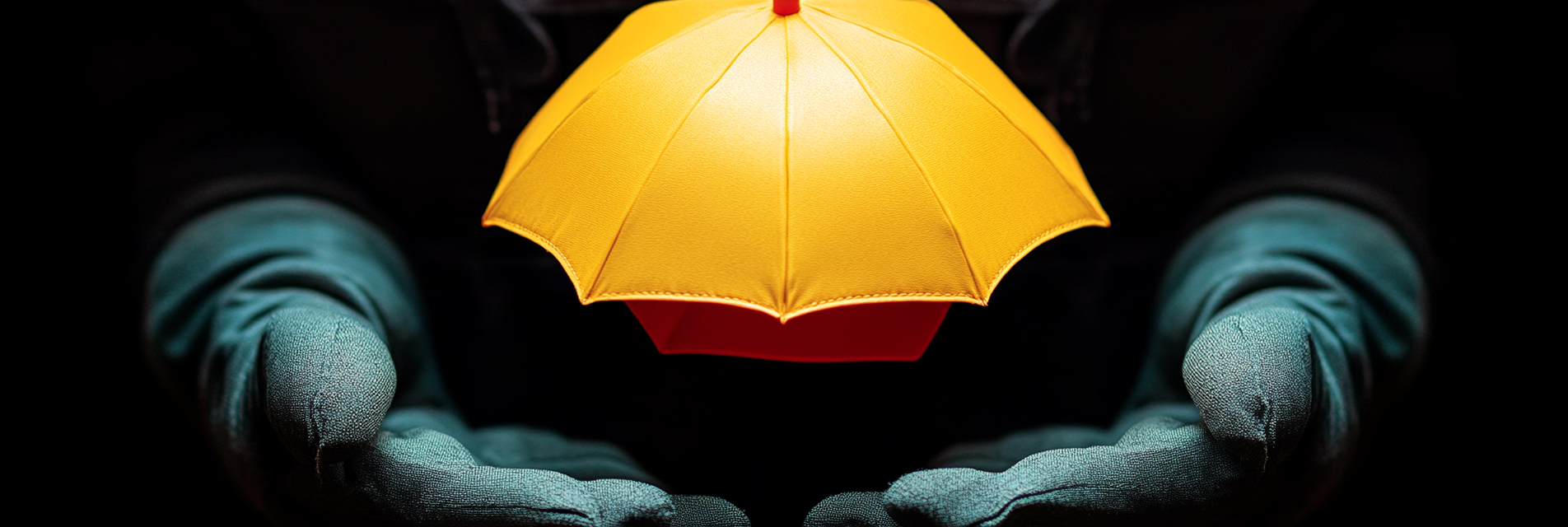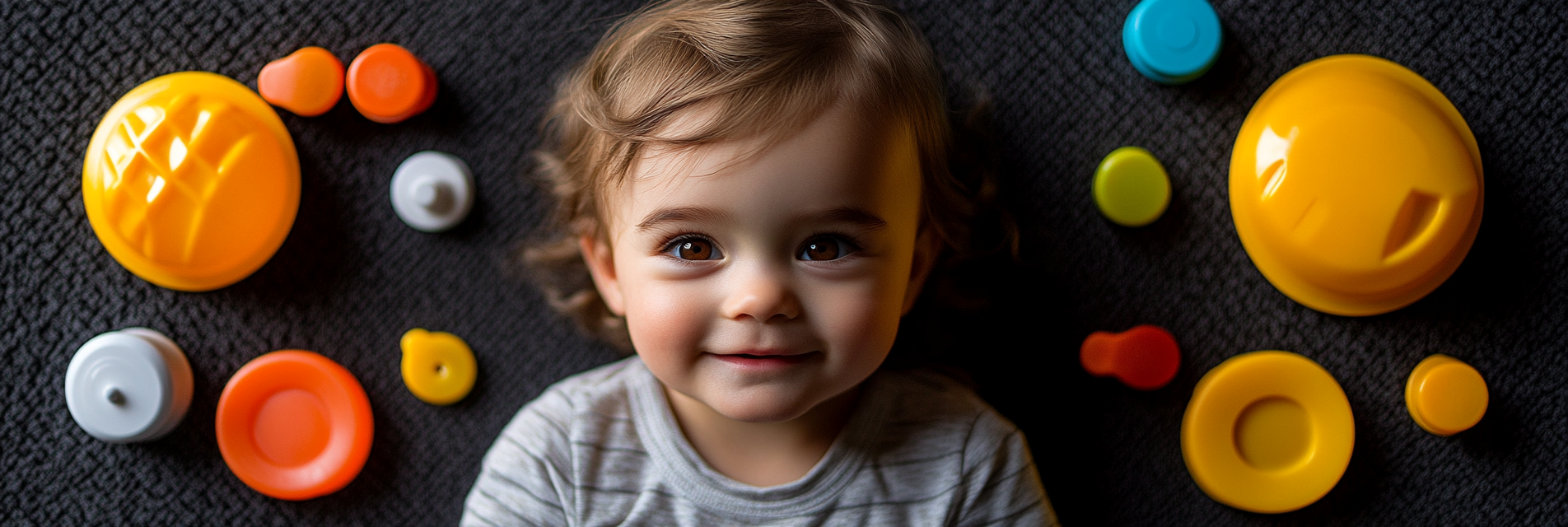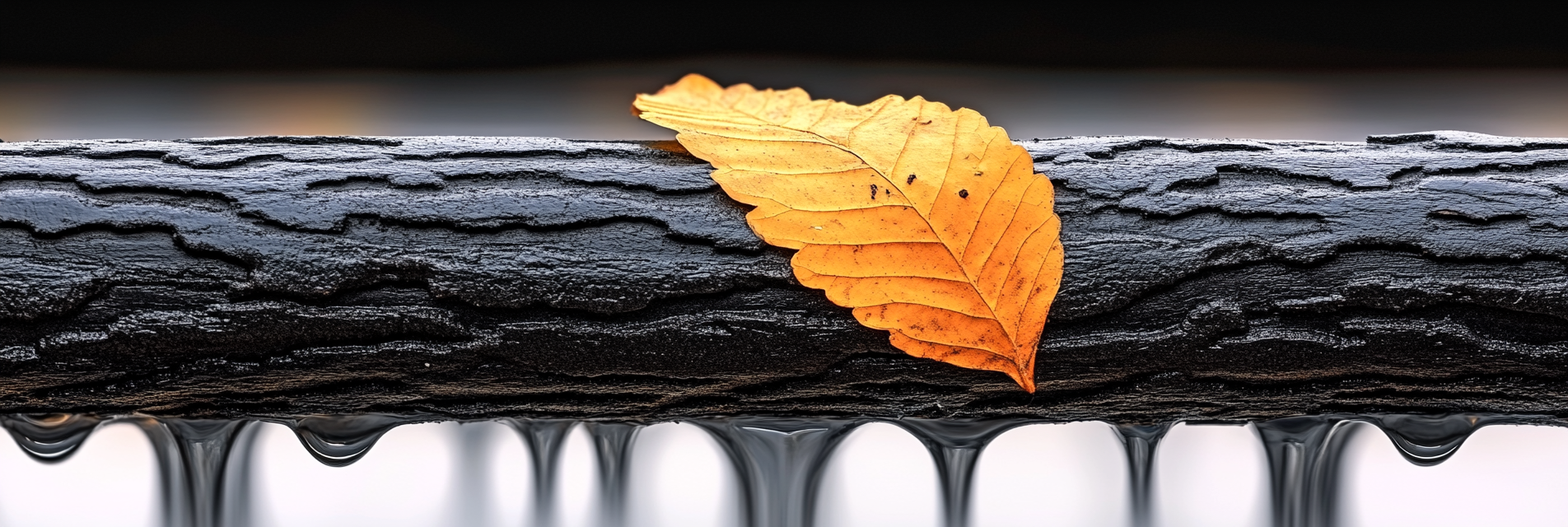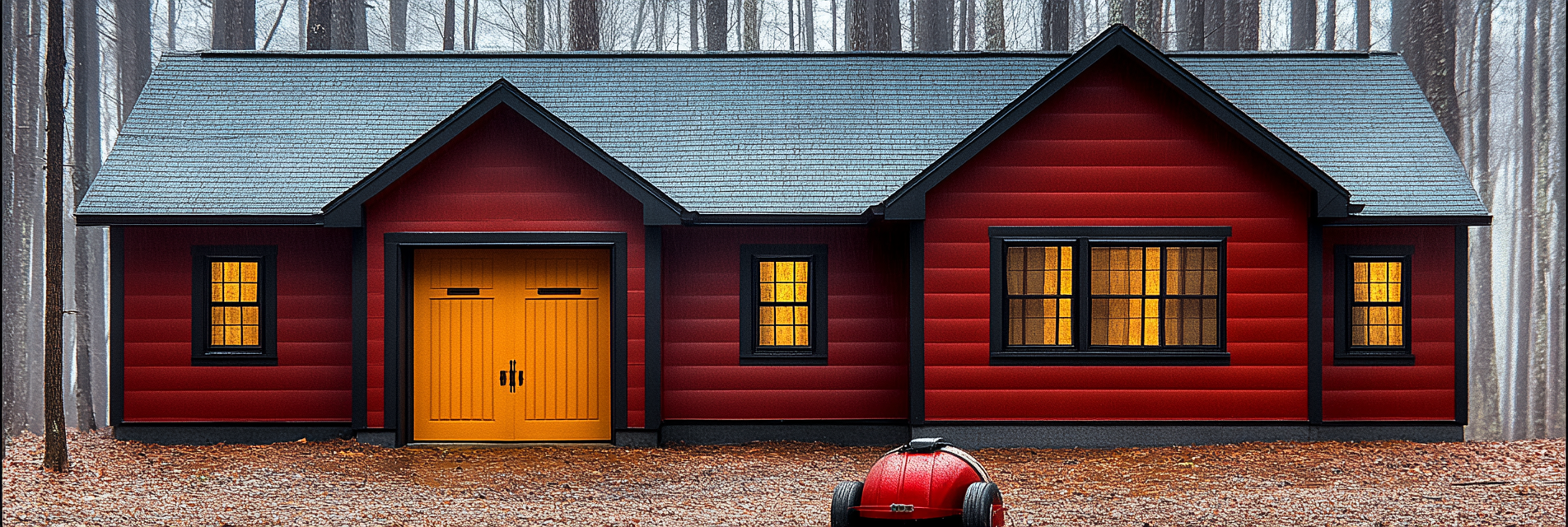A fire extinguisher is an essential tool for home safety, providing the first line of defense against unexpected fires. However, selecting the right type, understanding its use, and ensuring it’s properly maintained are crucial for effective fire prevention. This guide explores the different types of fire extinguishers, their uses, sizes, and proper mounting and maintenance tips to ensure your home is well-equipped for emergencies.
1. Understanding Fire Classes and Extinguishers
Fires are classified based on the type of material that ignites. Fire extinguishers are designed to combat specific types of fires:
- Class A: For fires involving common combustibles like wood, paper, and cloth.
- Class B: For flammable liquids such as gasoline, oil, and grease.
- Class C: For electrical fires involving wiring, circuit breakers, and appliances.
- Class D: For fires involving combustible metals like magnesium and titanium.
- Class K: Specifically for kitchen fires involving cooking oils and fats.
The most versatile option for home use is a Class ABC extinguisher, which can handle the three most common types of household fires.
2. Types of Fire Extinguishers
- Water Extinguishers (Class A): Use water to cool the burning material. Suitable for basic fires involving wood or paper but ineffective and dangerous for Class B or C fires.
- Dry Chemical Extinguishers (Class ABC): The most common and versatile option. The First Alert HOME1 Multi-Purpose Fire Extinguisher is a popular example. It sprays a chemical powder that smothers flames by cutting off oxygen.
- Carbon Dioxide (CO2) Extinguishers (Class B and C): Effective for liquid and electrical fires. The CO2 gas displaces oxygen and cools the fire. These do not leave residue, making them suitable for use around electronics.
- Foam Extinguishers (Class A and B): Create a cooling film on flammable liquids to prevent re-ignition. Ideal for small grease fires but less common in residential settings.
- Wet Chemical Extinguishers (Class K): Specifically designed for kitchen fires involving oils. These extinguishers react with hot oil to create a barrier that cools and suffocates the flames, ideal for home and restaurant kitchens.
3. Portable vs. Fixed Units
- Portable Extinguishers:
- These are lightweight and easy to use, typically found in residential homes. They come in various sizes, with 2-pound, 5-pound, and 10-pound units being the most common. Smaller extinguishers (2-pound) are great for vehicles or small rooms, while larger ones (10-pound) provide more coverage for larger spaces.
- Fixed Units: These are often part of a comprehensive fire suppression system, such as automatic sprinklers or kitchen hood systems found in commercial settings. While less common in homes, some high-end kitchen systems can include fixed fire suppression units for extra safety.
4. Size and Weight Considerations
Choosing the right size extinguisher depends on the room’s use and potential fire risks:
- 2-pound Extinguishers: Best for small areas like cars, kitchens, or workshops. Compact and easy to handle but provide a limited discharge time.
- 5-pound Extinguishers: Ideal for bedrooms and home offices. They strike a balance between portability and firefighting power.
- 10-pound Extinguishers: Suitable for larger areas such as garages and living rooms. These have a longer discharge time and greater range but can be heavier and harder to use for some people.
5. Proper Mounting and Placement
Mounting fire extinguishers properly is essential for accessibility and effectiveness. Follow these best practices:
- Mount Extinguishers on Walls: Keep extinguishers off the floor to avoid tripping hazards and ensure they are easy to grab in an emergency. Use sturdy brackets designed for the extinguisher’s weight.
- Height Guidelines: Install extinguishers so that the handle is between 3 to 5 feet above the floor for easy access.
- Proximity to Potential Fire Sources: Place extinguishers within easy reach of high-risk areas such as kitchens, garages, and workshops. However, avoid placing them too close to potential fire sources—maintain at least a 3-foot distance so you can safely reach the extinguisher.
6. Using a Fire Extinguisher: The PASS Method
Every household member should be familiar with the PASS method:
- Pull the pin to break the seal.
- Aim the nozzle or hose at the base of the fire.
- Squeeze the handle to release the extinguishing agent.
- Sweep the nozzle from side to side until the fire is fully extinguished.
7. Maintenance and Inspection
Maintaining your fire extinguisher ensures it will work effectively when needed:
- Monthly Visual Inspections: Check the pressure gauge to ensure the needle is in the green zone. Inspect for any damage, corrosion, or leakage.
- Annual Professional Inspection: Have a certified professional inspect the extinguisher annually to verify its readiness.
- Recharge After Use: Even if used briefly, a fire extinguisher should be recharged or replaced after discharge.
- Replacement: Replace your extinguisher every 5 to 15 years, depending on the manufacturer’s guidelines and visual condition.
8. Product Recommendations
- First Alert HOME1: A reliable, multi-purpose ABC extinguisher perfect for small to medium-sized homes.
- Amerex B402: A high-quality, durable ABC extinguisher known for its reliability in home and business settings.
- Kidde 466204 Pro 10 MP: A 10-pound multi-purpose extinguisher suitable for larger areas like garages or workshops.
- First Alert Kitchen Fire Extinguisher: A compact, UL-rated 5-B
extinguisher designed specifically for grease and cooking-related fires.
9. Use Case Scenarios
- Kitchen Fires: A Class K extinguisher is the best option for cooking oil or grease fires. Keep a 2-pound or 5-pound ABC extinguisher nearby for other potential fire types.
- Garage or Workshop: A 10-pound ABC extinguisher ensures you have enough power to tackle larger fires involving flammable liquids and electrical tools.
- Vehicles: A compact, 2-pound Class B and C extinguisher is ideal for vehicle fires, as it can handle flammable liquids and electrical issues.
10. Training and Familiarization
Consider taking a fire safety course that includes hands-on training in using extinguishers. Local fire departments often provide demonstrations or classes to teach proper use and emergency procedures. Familiarizing yourself with how an extinguisher feels, its weight, and how to discharge it can boost your confidence during an emergency.
Conclusion
Equipping your home with the right fire extinguisher and knowing how to use it effectively can be a lifesaver. Understanding the different types, sizes, and proper mounting techniques will ensure that you are prepared for any potential fire emergency. Paul Lindberg’s Dryer Fire Fighters stresses the importance of comprehensive fire safety, which includes having the right fire-fighting tools and knowing how to use them. Regular inspections and training can make all the difference when seconds count.
Serving the communities of:
Kennewick | Pasco | Richland | West Richland | Finley | Burbank | Benton City | Prosser | Grandview | Connell
As the sole certified dryer exhaust technician recognized by CSIA.org in the Tri-Cities area, Paul brings a wealth of expertise to fire prevention. His primary focus lies in addressing the root cause of many residential fires: lint buildup in dryer cavities and vents. Through rigorous inspections and thorough cleanings, Paul ensures that families and businesses can enjoy peace of mind, knowing their properties are safeguarded against fire risks.

